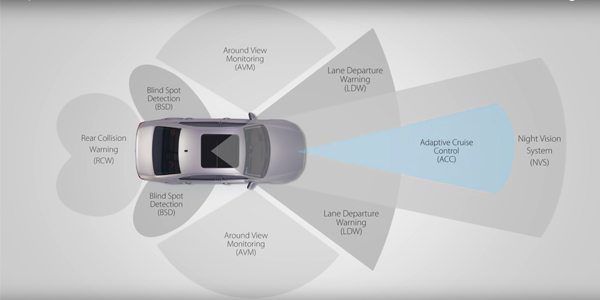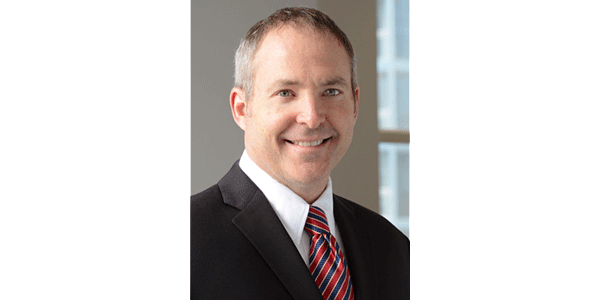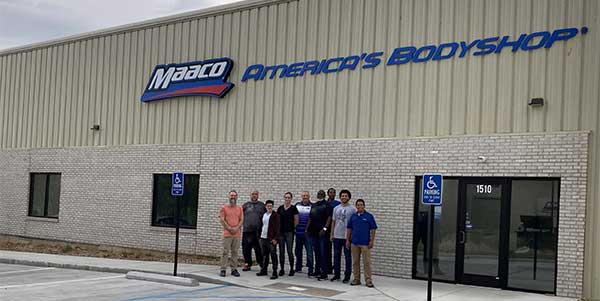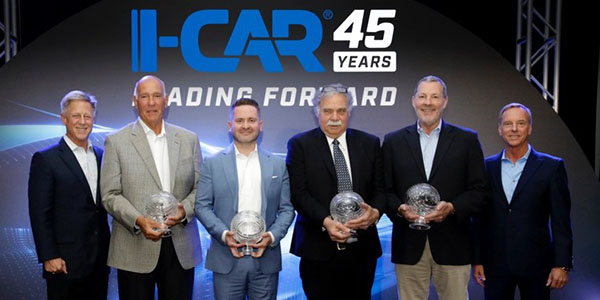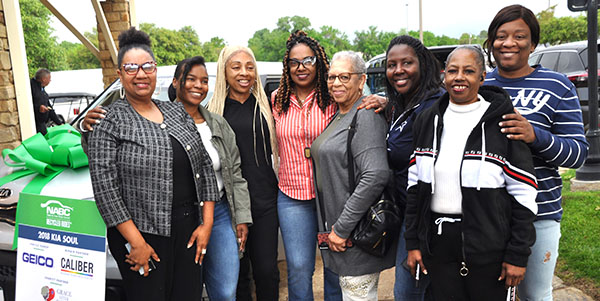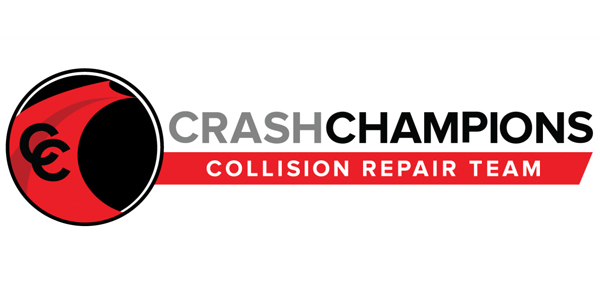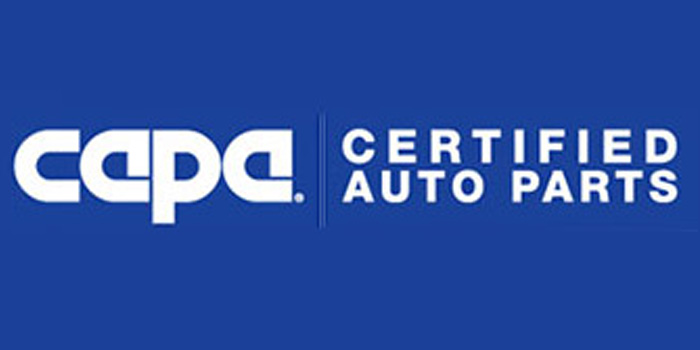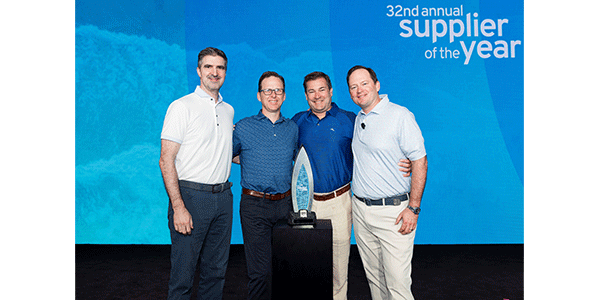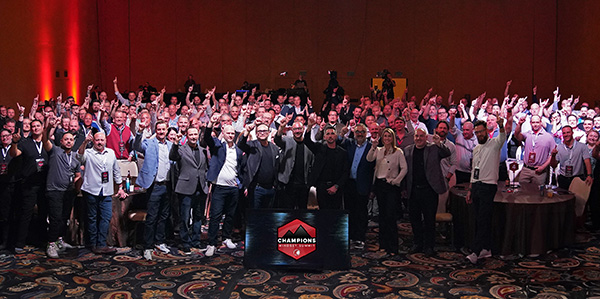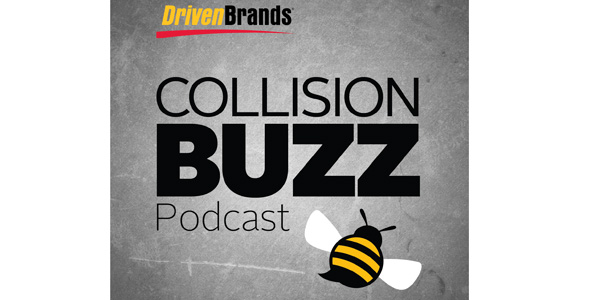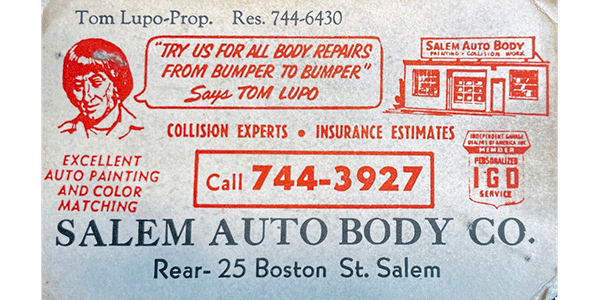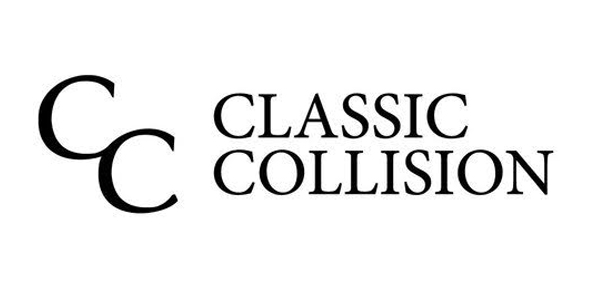A new survey by the Insurance Institute for Highway Safety (IIHS) indicates that while crash avoidance features have proven safety benefits, some vehicle owners are reporting problems with the technology following repairs.
The IIHS surveyed owners of vehicles equipped with front crash prevention, blind spot detection or rearview or other visibility-enhancing cameras. Among those who reported that at least one of those systems had been repaired for any reason, about half said they had issues with the features after the job was completed.
“Most of the more than 3,000 owners we contacted said they had never needed to have their crash avoidance features repaired, but for the minority of owners who did, the problems weren’t always resolved easily,” said Alexandra Mueller, senior research scientist with IIHS. “Many had issues with the technology afterward, and some said they had to have the same feature repaired more than once. Still, the vast majority said they would buy a vehicle equipped with the technology again and most were satisfied with the out-of-pocket cost.”
Many new vehicles are equipped with crash avoidance features, and their presence in the vehicle fleet is growing rapidly. IIHS research has shown that front crash prevention (forward collision warning and automatic emergency braking), blind spot detection and rearview cameras all substantially reduce the types of crashes they are designed to address. Automatic emergency braking (AEB) slashes police-reported rear-end crashes by 50%, for instance.
Under normal circumstances, these features are also quite resilient. An analysis conducted by the IIHS-affiliated Highway Loss Data Institute (HLDI), for example, showed that the reduction in insurance claims associated with Subaru and Honda crash avoidance systems remained essentially constant even in vehicles more than five years old. But vehicle repairs can make it necessary to calibrate the cameras and sensors that the features rely on to ensure they work properly — a process that can be complicated and expensive. For example, a simple windshield replacement can cost as little as $250. But a separate HLDI study found that vehicles equipped with front crash prevention were much more likely to have glass claims of $1,000 or more. Much of the higher cost is likely related to calibration.
In this new study, IIHS surveyed nearly 500 drivers about their most recent experiences with repairs to their front crash prevention, blind spot detection or driver-assistance cameras. Some of these owners had more than one of these features repaired, either separately or as part of the same job. Around 40% of the involved vehicles were from model year 2019 or newer.
People often had more than one reason for having their features repaired. Most owners had received a vehicle recall or service bulletin about their feature, but that was rarely the sole reason that they brought their vehicle in for service or repair. Other common reasons — which were not mutually exclusive — included windshield replacement, crash damage, a recommendation from the dealership or repair shop, and a warning light or error message from the vehicle itself.
Post-repair problems with the technology were substantially more common among people who had features repaired because of crash damage or in connection with a windshield replacement. About two-thirds of owners whose crash avoidance feature repairs involved windshield replacement and nearly three-quarters of those whose repairs were required due to crash damage said they had issues with the technology after repair. In contrast, fewer than half of owners who had repairs done for other reasons faced problems afterward.
Windshield repairs often make it necessary to calibrate crash avoidance sensors and cameras, though it’s a common step in many repairs. Automakers stipulate systems be calibrated anytime a sensor is removed and replaced or reinstalled. Likewise, calibration is typically an early step in addressing a malfunctioning feature. About two-thirds of respondents who had had repairs done said that calibration was included. Those respondents also reported a higher incidence of post-repair issues.
Repeat trips to the repair shop are not uncommon with other routine mechanical repairs, either, and most owners reported that their insurance or warranty covered the complete cost, minus any deductible.
However, the higher incidence of post-repair issues for repairs that involved calibration suggests that repairers are struggling with the calibration process. Some calibrations are complicated and require large spaces, specialized training and expensive equipment. Calibration software is subject to frequent updates, making it difficult for shops to keep their tools up to date. This is further complicated by a lack of standardization of calibration processes. Institute researchers are tracking these problems to monitor whether they persist or diminish over time.
Repair problems are important to track because they have the potential to slow the spread of crash avoidance features that aren’t standard equipment. However, in the current study, only a little more than 5% of the owners said they would not buy another vehicle with the feature they had repaired. Repair hassles also might prompt drivers simply to switch off crash avoidance features, eliminating their safety benefits.
“These technologies have been proven to reduce crashes and related injuries,” said Mueller. “Our goal is that they continue to deliver those benefits after repairs and for owners to be confident that they’re working properly.”
Self-diagnosing systems that alert the driver or technician when something is wrong could be part of the solution. Some vehicles already have that capability, and such alerts were what prompted some of the surveyed owners to bring their vehicles in for repair. Manufacturers should also work to simplify and standardize the calibration procedure and ensure that repair shops have adequate information about how to restore full functionality to affected features. An affordable, centralized database of repair and calibration specifications and instructions from all automakers should be made available to all technicians.
For more information on the IIHS, visit iihs.org.

